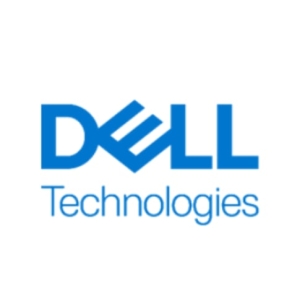Service and Support
Dell RecoverPoint support is generally praised for its experienced and responsive engineers, often delivering high-quality service and effective resolution of issues. However, there are mixed opinions, with some users mentioning support struggles, delays, and occasional difficulty in addressing severe cases. Although EMC provides comprehensive support, growing pains in service response times exist. The technical documentation is well-regarded, often eliminating the need for frequent support calls. Dell's global distributed support offers robust assistance with reliable partner support.
Deployment
Initial setup experiences with Dell RecoverPoint vary. Many found it straightforward and quick, especially with prior knowledge or expert assistance, while others indicated it was complicated, requiring technical expertise or support. The complexity often depended on the IT environment, with some needing professional training for configuration. Complex environments presented challenges, but detailed documentation and a user-friendly interface helped guide through setup. Some experienced smooth deployment, while others faced complexity due to specific configurations.
Scalability
Dell RecoverPoint is recognized for its scalability, accommodating up to 16 nodes per cluster and supporting large data volumes. Although integration of new appliances is seamless, Flash Player management has been noted as a limitation. Some experience high scalability while others cite licensing costs as an issue. Users, primarily enterprise-level, appreciate its ability to handle extensive data, particularly in banking. Considered highly scalable, it suits high-end environments, though storage demands can be challenging.
Stability
Dell RecoverPoint demonstrates strong stability with minimal issues. Users report no crashes or glitches and consistently rate its stability highly. Initial minor bugs were resolved, enhancing reliability. Despite a few early configuration challenges, like differences in zoning requirements and WAN compression issues, users affirm its robust performance. Ratings predominantly range from seven to nine out of ten, indicating users' confidence in its dependable functionality.




